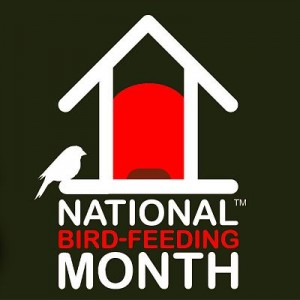
Dr. Horn, Director of the National Bird-Feeding Society, answered my questions about getting young children involved with National Bird Feeding Month.
Why is it important to feed backyard birds during the winter?
Bird feeding is an important supplemental food source for birds. During winter storms birds may have greater difficulty meeting their energy demands, and food from bird feeders can assist birds in meeting their requirements.
How can young children, 3-8 years’ old, get involved with feeding the birds?
Bird feeding is a hobby that one can begin participating in at a very young age. Children can help by filling bird feeders and bird baths on a regular basis year round, and during the warmer months children can fill and clean hummingbird feeders, and monitor bird houses on a regular basis. Of course, children should also be fully involved in the most enjoyable part of bird feeding – watching the birds!
What steps should parents and teachers take to ensure the safety of the birds and of their children?
Cleaning bird feeders and bird baths on a regular basis is important. In addition, children should wash their hands after performing the chores associated with the bird feeding hobby. More safety tips can be found on our website.
What should children keep in mind when crafting homemade bird feeders?
Fill feeders with seeds that are most attractive to birds. Perhaps the best all-around seed to place in bird feeders is black-oil sunflower.
What picture books, websites, applications, or other resources do you recommend to supplement children’s learning about backyard birds?
One of the best tools for someone interested in bird feeding is a field guide to birds. Field guides range from those containing the 100’s of birds found in the U.S. to a guide of birds in your state. Find a guide that focuses on birds found in your area, as these are the birds you are most likely to see. [One of our favorites is The Young Birder’s Guide to Birds of Eastern North America (Peterson Field Guide) — ed.] I also recommend exploring the natural areas in your neighborhood, whether these are local nature centers, state parks, or national wildlife refuges.
We’ve had a rough winter so far in the Northeast–how does this affect our bird populations?
In general, after a rough winter, the population of many songbirds is at its lowest point. As the nesting season concludes, populations rebounds as food becomes more plentiful.
February is National Bird-Feeding Month! Find out more at www.birdfeeding.org or @NBFSbirdfeeding
Shared at: Sunday Best at No Time for Flashcards
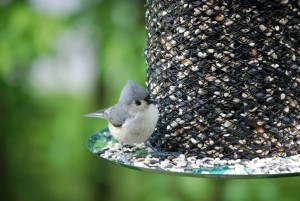
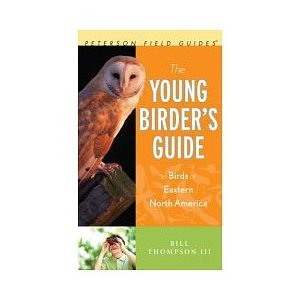
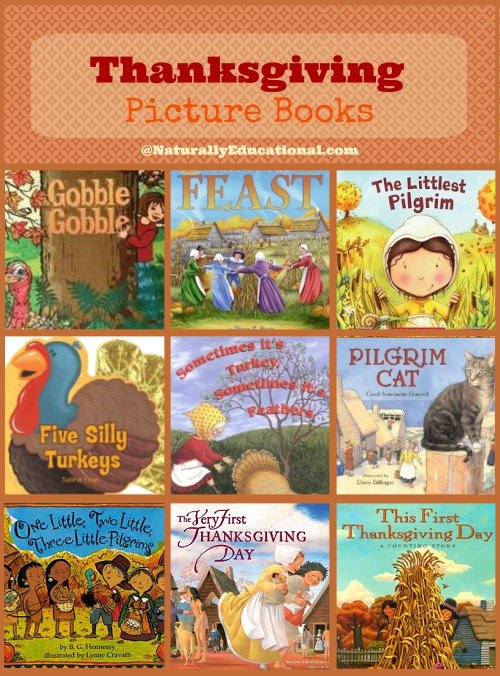
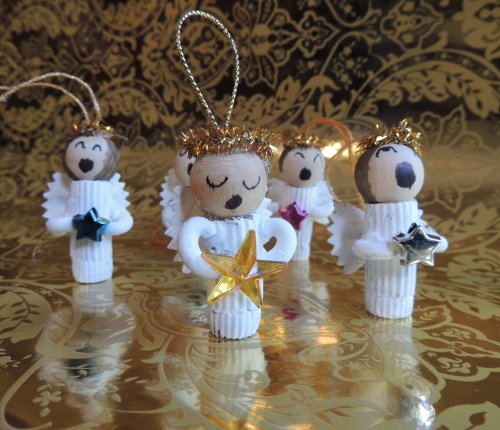
This weekend the Great Backyard Bird Count starts. We’re hoping to participate and hope to see many varieties. http://www.birdsource.org/gbbc/howto.html